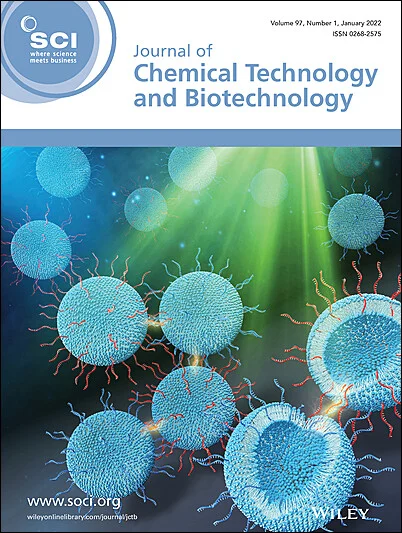Design and evaluation of a novel two-phase partitioning bioreactor to enhance methane mass transfer
Abstract
Background
Methane is typically used in combustion reactions for energy generation or as a disposal strategy. The latter is an environmentally unsustainable practice that demands alternative utilization strategies to convert methane into high-value products. Bioconversion is a responsible methane conversion practice that utilizes bacteria to directly metabolize methane. However, due to mass transfer limitations, widespread adoption of this technology is limited. Thus, a novel two-phase partitioning bioreactor (TPPB) was constructed to improve methane transport through a circulating non-aqueous phase (NAP). Silicone, mineral, and soybean oils were tested abiotically for their suitability as NAPs by evaluating methane volumetric mass transfer coefficients (kLa) at different circulation flow rates (0.25–1.50 L/min).
Results
Due to emulsion formation at higher circulation rates, soybean oil was only tested at 0.25–1.00 L/min, which showed insignificant kLa improvement. For mineral oil, the circulation rate significantly improved the average methane kLa from 9.46 h−1 (0.25 L/min) to 20.44 h−1 (1.5 L/min). Conversely, silicone oil showed the highest significant kLa improvement when the circulation flow rate increased from 0.5 L/min (kLa = 9.93 ± 1.77 h−1) to 1.25 L/min (kLa = 49.24 ± 3.04 h−1). Compared to direct gaseous methane bubbling, 1.25 L/min silicone oil provided a 900% kLa enhancement per unit mass flow of methane fed into the TPPB.
Conclusion
This study demonstrated that TPPB with circulating NAP can provide significantly higher methane kLa than direct methane injection. Although the present study focused solely on abiotic evaluation, the TPPB could prove beneficial in advancing the bioconversion of methane into useful materials. © 2025 Society of Chemical Industry (SCI).


 求助内容:
求助内容: 应助结果提醒方式:
应助结果提醒方式:


